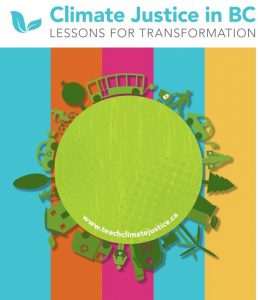Website: Map of Ontario treaties and reserves
The Map of Ontario treaties and reserves website can be used to find a reserve or treaty within Ontario. When you enter a particular address into the search box the interactive map will display the reserve(s) and/or treaties accordingly. Additionally, below the map is a more in-depth/historical description of treaties available on the map.
LINK:
Map of Ontario treaties and reserves
Map of Ontario treaties and reserves | Ontario.ca. (n.d.). Retrieved 6 November 2018, from https://www.ontario.ca/page/map-ontario-treaties-and-reserves


